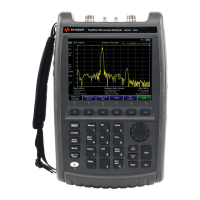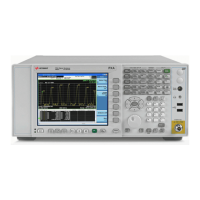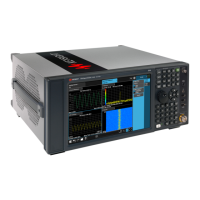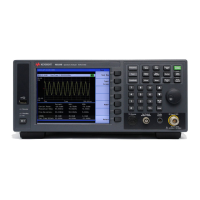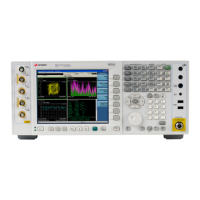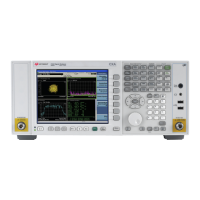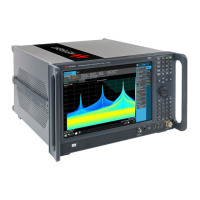Keysight N9912-90001 User’s Guide 6- 5
Time Domain – Option 010
Time Domain (Transform) Settings
Stimulus (Mode)
— There are three variations on how the Time Domain transform algorithm is
applied to the frequency domain measurement. Each method has a unique
application.
— Lowpass Impulse
- Highest resolution. Most useful for seeing small
responses in devices that pass low frequencies, such as cables.
— Lowpass Step
- Easiest to identify inductive and capacitive discontinuities
in devices that pass low frequencies such as cables.
In both Lowpass modes, frequencies down to DC and negative frequencies are
extrapolated. Therefore, when either Lowpass mode is selected, Set Freq.Low
Pass is automatically applied to adjust the start frequency. Learn more about
Set Frequency Lowpass below.
When the Start Frequency or resolution is changed AFTER selecting a Lowpass
mode, then Stimulus mode is set to Band Pass and Transform is disabled.
— Bandpass
- Easiest method - can be used with any frequency sweep. Most
useful for measuring band limited devices such as filters and DC blocked
cables. This mode does NOT show capacitive and inductive reactance. For
the same frequency span and number of points, band pass mode has twice
the impulse width, which hides closely spaced responses degrading the
response resolution.
Set Frequency Lowpass
USE ONLY IN LOW PASS MODES. When this setting is made, the start
frequency is adjusted to be harmonics of the start frequency. Start frequency is
computed by the following formula:
Low Pass Start Frequency = Stop Frequency / Number of points.
Start/Stop Time
The following settings adjust the display resolution, allowing you to zoom IN
or OUT on a response. When the start or stop time is updated, they may be
automatically adjusted to limit the display to one alias-free response on either
side of zero time.
How to set Start and Stop time
—Press Measure 4
.
—Then Transform
.
—Then Transform Start Stop
.
This setting is made automatically when either Lowpass mode is selected.
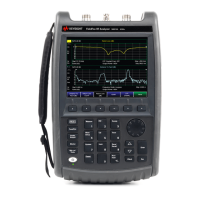
